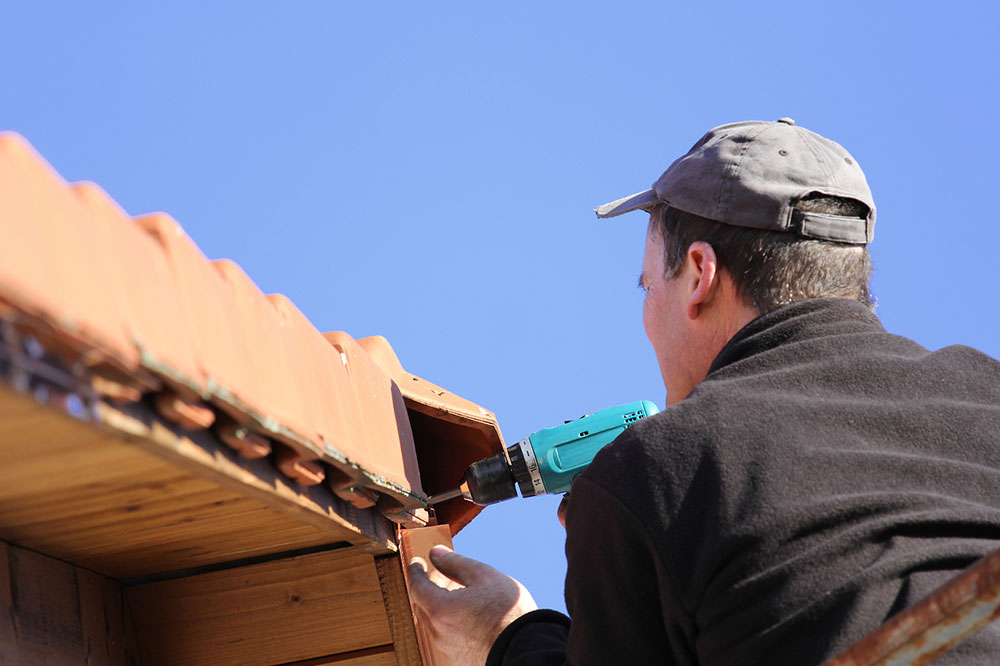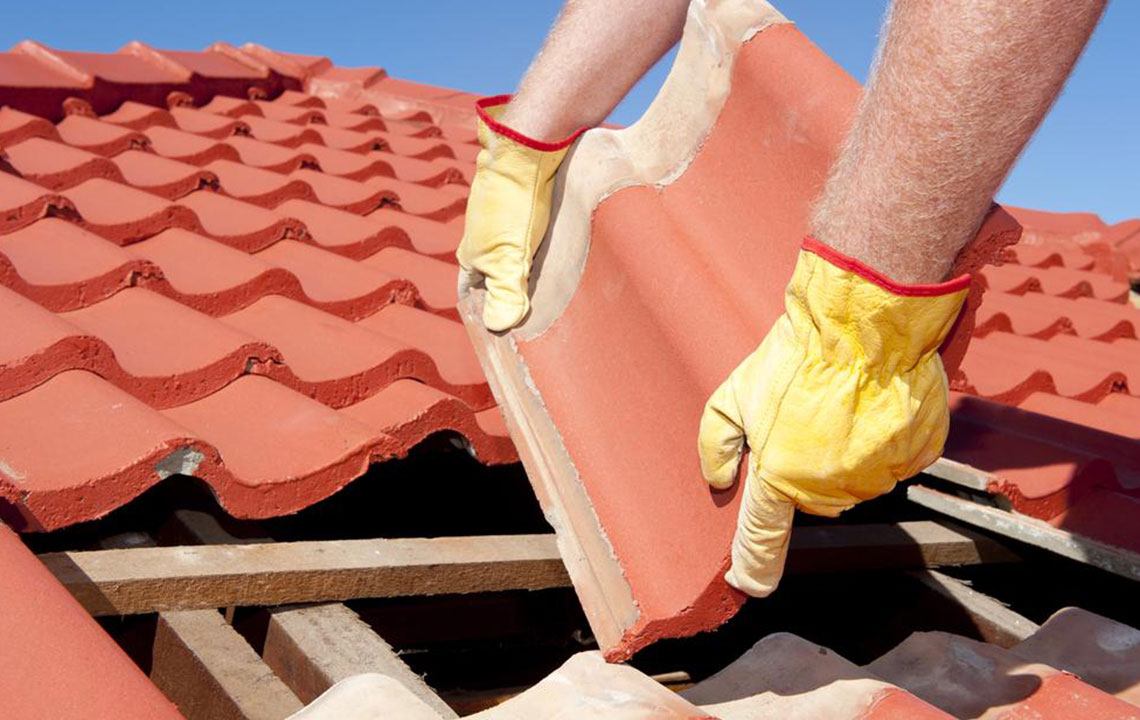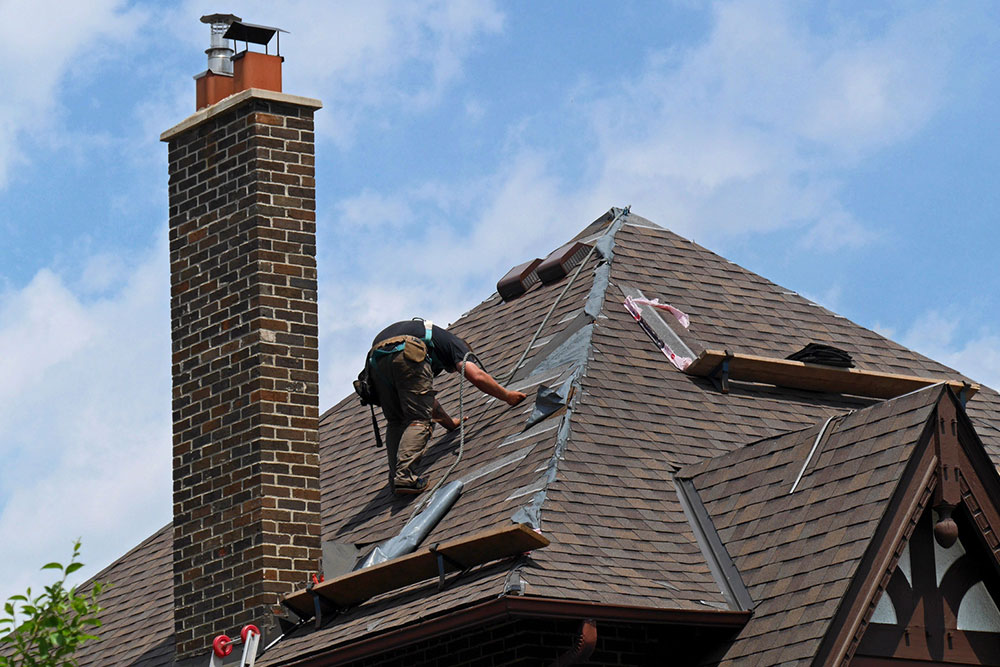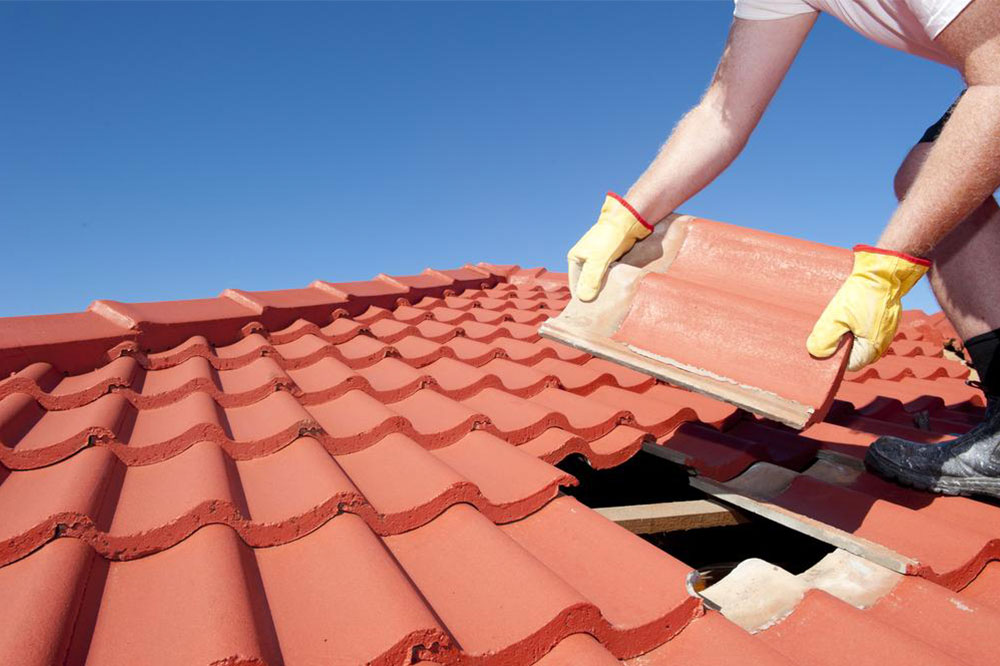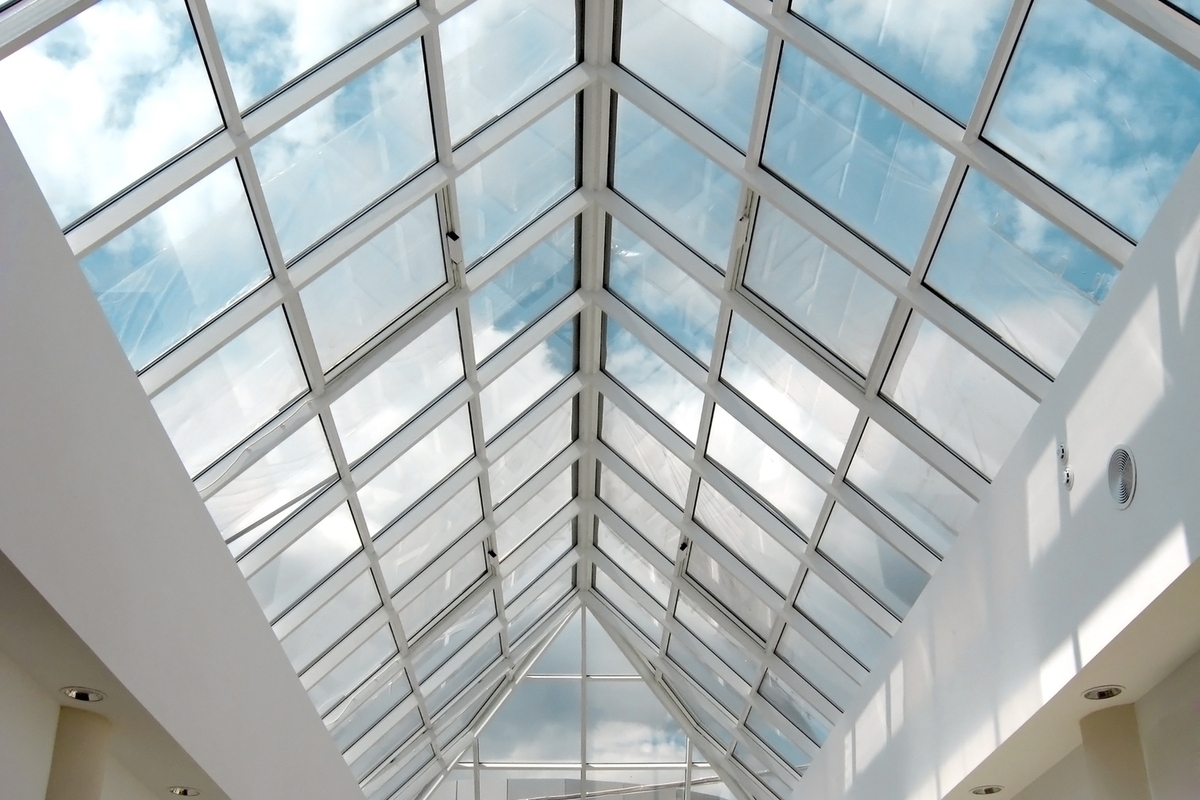Comprehensive DIY Techniques for Natural Roof Moss Removal and Prevention
Discover effective and eco-friendly DIY methods for removing roof moss naturally. This comprehensive guide provides step-by-step solutions using household ingredients like vinegar, baking soda, and diluted bleach. Learn about prevention strategies such as gutter cleaning and zinc or copper strip installation to keep moss at bay permanently. Protect your roof's integrity and enhance your home's curb appeal with safe, affordable, and sustainable maintenance tips. Perfect for homeowners seeking natural alternatives to commercial treatments, this article offers practical advice for long-term roof health.
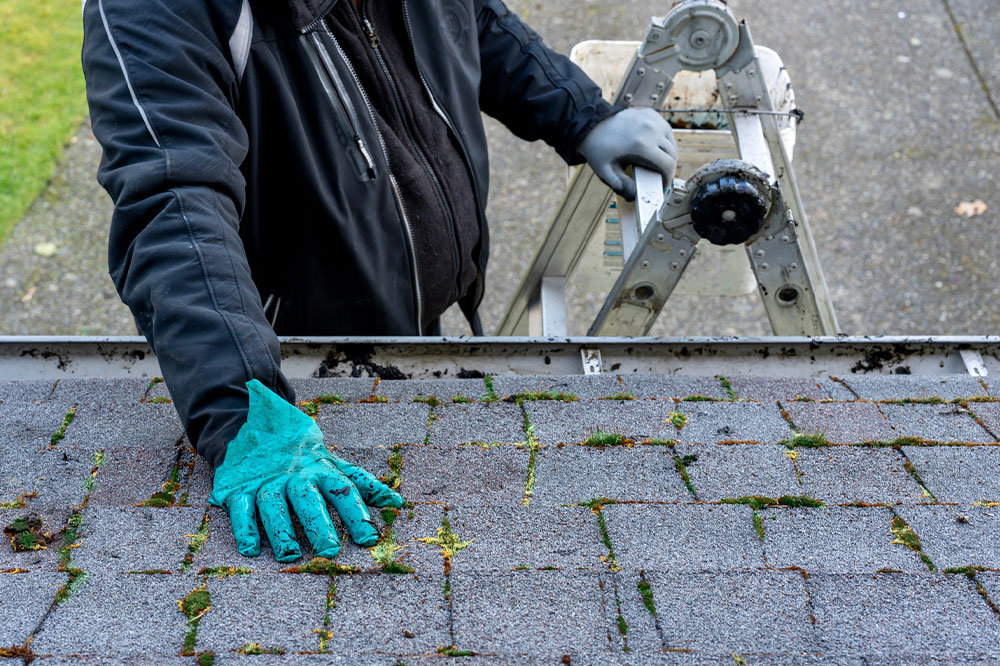
Comprehensive DIY Techniques for Natural Roof Moss Removal and Prevention
Roof moss infestation is a common problem faced by homeowners, especially in shaded or humid environments. Moss not only diminishes the aesthetic appeal of your home but can also pose serious threats to the structural integrity of your roof if left untreated. While many commercial chemical treatments claim quick results, many homeowners now prefer eco-friendly, cost-effective, and safe DIY solutions to address this issue. This extensive guide explores natural methods to remove roof moss effectively, emphasizing sustainable approaches that prevent recurrence, ensuring a healthy and attractive home exterior.
Understanding Moss Growth on Roofs
Moss is a non-vascular plant thriving in moist, shaded environments. It lacks the typical root system seen in many plants but anchors itself through tiny structures called rhizoids. These rhizoids penetrate the surface, creating a moist environment that promotes further moss growth. On rooftops, moss typically appears as a vibrant green layer initially, but over time, it can become thick and invasive. Moss can compromise roof shingles by causing lifting and lifting, which can let water seep beneath and lead to leaks and rot. Moreover, moss traps moisture, accelerating weathering and deterioration of roofing materials.
Several factors influence moss growth on roofs. Poor drainage systems can retain water around the roof area, providing an ideal environment. Excessive shade from trees or nearby structures prevents sunlight from drying the roof surface, encouraging moss proliferation. Additionally, environmental conditions such as high humidity and frequent rainfall create perfect conditions for moss to flourish. Understanding these causes is essential in selecting the most effective removal and prevention strategies.
For environmentally responsible and budget-friendly roof moss removal, consider these DIY techniques utilizing household ingredients that are safe and effective:
Natural Vinegar Solution
White vinegar is renowned for its acidity, making it a powerful natural disinfectant and moss killer. To prepare, mix equal parts of white vinegar and water in a spray bottle. Shake thoroughly and spray generously over the moss-affected areas. Allow the solution to sit for several hours—ideally, overnight—to dissolve the moss's cellular structure. After the waiting period, rinse thoroughly with water, ensuring that the vinegar solution is washed away. This method not only removes moss effectively but also minimizes environmental impact, making it a popular choice among eco-conscious homeowners.
Baking Soda for Gentle Cleaning
Baking soda is a versatile household product that acts as a mild abrasive and natural fungicide. Create a moss removal spray by mixing three tablespoons of baking soda with a liter of water. Spray the mixture onto mossy patches and gently scrub with a soft-bristled brush or sponge. Allow it to sit for several hours to penetrate and weaken moss roots. Afterward, rinse thoroughly with water. Baking soda's alkalinity helps disrupt moss growth while being safe for plants and animals nearby. Repeat the process if necessary to achieve optimal results.
Careful Use of Bleach Solution
For stubborn moss that resists other treatments, a diluted bleach solution can be employed cautiously. Prepare by combining one part bleach with four to five parts water, adding a few drops of dish soap to improve adhesion. Spray the solution onto affected areas, but take care to avoid contact with plants, metal fixtures, and painted surfaces, as bleach can cause damage or discoloration. Let the solution sit for 5–10 minutes, then rinse thoroughly with water. Always wear protective gear, such as gloves and goggles, when handling bleach, and ensure proper ventilation. This method is effective but should be used sparingly to prevent environmental harm.
When removing moss, avoid high-pressure washing equipment as it can strip shingles, weaken roof structure, and shorten lifespan. Instead, opt for soft brushing and natural solutions. Additionally, some homeowners utilize specialized store-bought powders that adhere to moss-covered surfaces and activate with rainwater, killing moss over a week. Costs fluctuate depending on product brands and quantities, but commercial options can complement DIY methods for stubborn cases.
Preventive Measures to Keep Moss Away
Prevention is always better than cure. Implementing simple yet effective strategies can dramatically reduce moss recurrence. Regularly cleaning gutters and downspouts prevents water retention around the roof, eliminating moisture that moss requires to thrive. Clogged gutters are a common problem; scheduling professional gutter cleaning ensures effective debris removal and proper drainage.
Another long-term strategy involves installing zinc or copper strips along the ridge of the roof. These metal strips emit ions when exposed to rainwater, creating an environment hostile to moss growth. This bioelectric mechanism discourages moss from attaching and thriving, providing an almost maintenance-free barrier after initial installation. However, professional installation is recommended to ensure proper placement and effectiveness. Before installing these strips, ensure all existing moss is thoroughly removed to facilitate better results.
Additional tips include trimming back overhanging tree branches to reduce shade and allow sunlight to reach the roof, drying out lingering moisture. Improving ventilation in the attic and roof space can also help maintain a drier environment, further discouraging moss formation.
In summary, combining natural removal techniques with effective prevention strategies will help maintain a clean, moss-free roof while protecting your home's structural health and outdoor aesthetic. Emphasizing eco-friendly methods ensures safety for your family and the environment, making roof maintenance a responsible and sustainable part of your home care routine.
